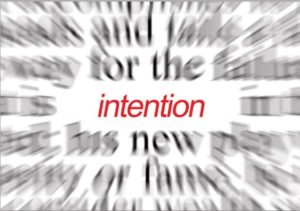We thought we hired employees, but people showed up instead. ~Unknown
 I’ve used this quote frequently with clients; unfortunately, I don’t know the original source. But the sentiment has resonated with clients on many occasions. While it states the obvious, that the employees we hire are people and consequently bring along all of the talents and trials of working with human beings, we still hope for “employees” to show up on Monday morning.
I’ve used this quote frequently with clients; unfortunately, I don’t know the original source. But the sentiment has resonated with clients on many occasions. While it states the obvious, that the employees we hire are people and consequently bring along all of the talents and trials of working with human beings, we still hope for “employees” to show up on Monday morning.
Simon Sinek takes this concept one step further in Leaders Eat Last. He asks, “If you were having a hard year, would you get rid of one of your children”? Sinek says, “Being a good leader is like being a good parent. We want to give those in our care opportunities, education, discipline when necessary, all so they can grow and achieve more than we could for ourselves.”
Many of you may be in agreement with all of this, so far. Then the example Sinek uses to make his point is a mid-size organization. When their economic foundation shifted along with every other organization, they chose to look for alternatives to layoffs. They instituted a four-week mandatory furlough for every employee, top to bottom. The CEO introduced the strategy and said, “It is better for all of us to suffer a little than for some of us to suffer a lot.” Much like a family wouldn’t get rid of one of their children.
I’ll admit, I’ve worked both with, and for, organizations that came upon hard times and I couldn’t see another option but to reduce the workforce, which they did. So I was a little cynical about Sinek’s perspective (pardon the pun). If you’ve never had the pressure of creditors hanging over your head, then it’s much easier to say there are alternatives to layoffs.
Then I read a book that altered my perspective. In Why Good People Can’t Get Jobs Peter Cappelli describes a hiring process problem more than an unemployment problem. We’ve taken that “employee” mindset so far that we believe we can craft a detailed and specific job description, run it through a database of hundreds of candidates, and find a perfect match, the perfect employee. And, since there’s a plethora of people looking for jobs, we can hire and fire, almost as if employees are disposable resources, and not people.
The term employee is still fairly recent, relatively speaking; hence, so is the employee mindset. Employee was first used in the U.S. in 1854 referencing railroad workers. Labor unions began forming soon after, and in the early twentieth century we began using the term “human resources.”
Getting back to Sinek’s analogy of getting rid of one of our children, is it time that we start hiring people, and consequently view them more like family members instead of resources? In some regards that’s counter-cultural because we’ve been taught to think in an employee mindset. However, many, if not most of our organizations in the 21st century require a people mindset in order to function effectively. It’s as if our mindset hasn’t quite caught up with reality.
We can keep hiring employees, but people are going to keep showing up!



